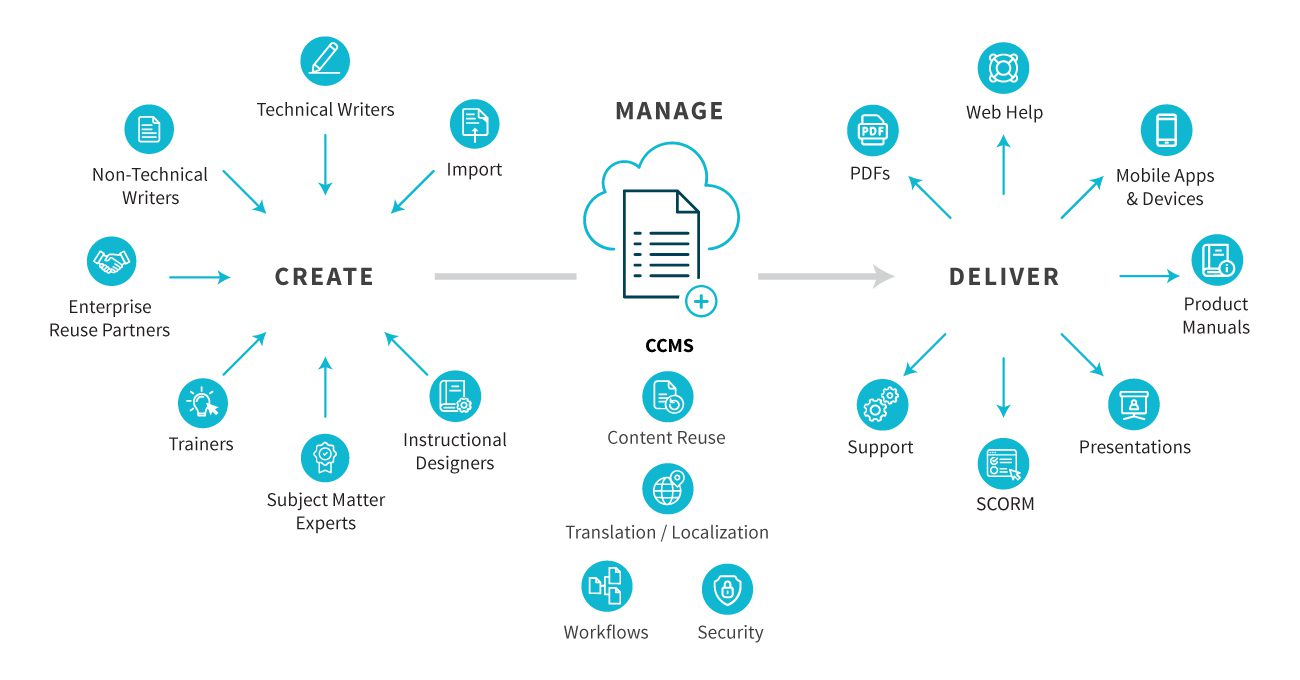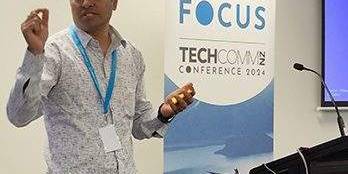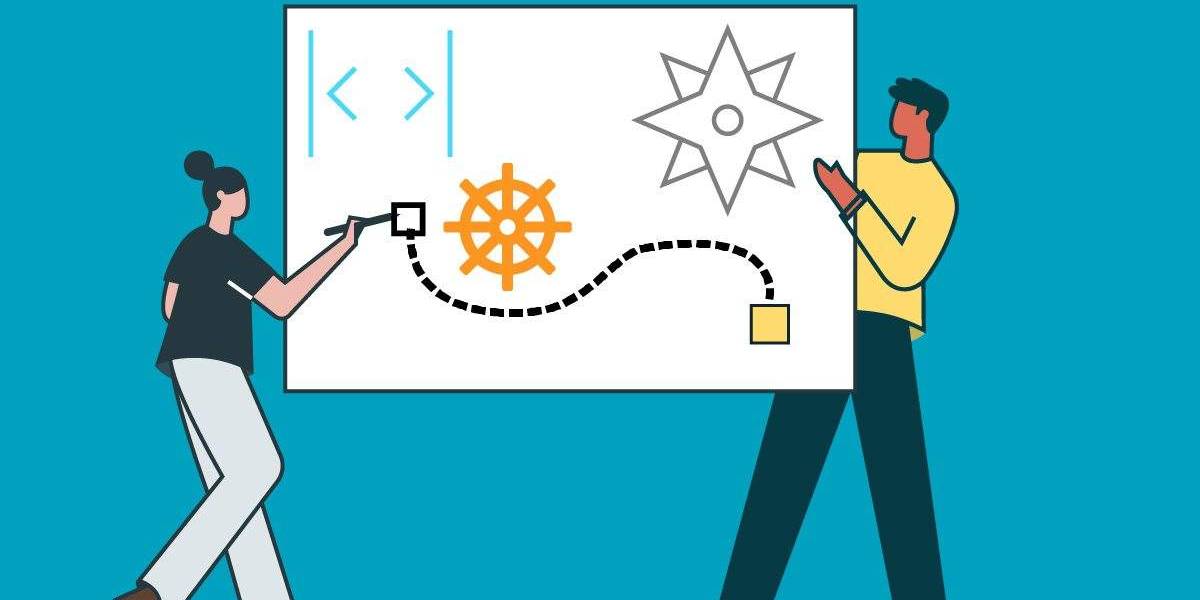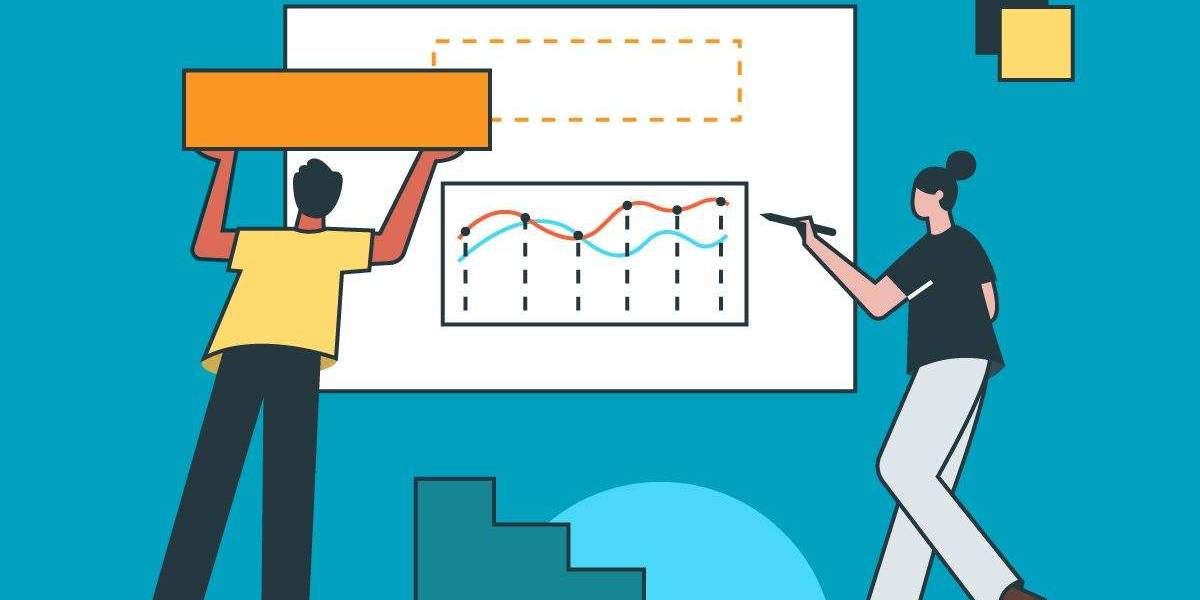Technical documentation translation made easy with component authoring
Technical documentation translation can be complicated and expensive, but it’s absolutely crucial for any organization operating internationally. In our increasingly globalized economy, consumers are less forgiving of inaccurate or non-existent translations.
72.4% of consumers said they would be more likely to buy a product, like a car or an appliance, that uses their own language in its ads and documentation, according to two studies by the Common Sense Advisory. Over half of those consumers said that they would pay more money for products with ads and documentation in their own language. Many countries even require that organizations provide translations of user documentation.
In this post, we’re going to cover the following topics:
- 1. What is technical documentation translation?
- 2. Why is technical documentation translation important?
- 3. What types of documents can be translated?
- 4. What are the benefits of technical documentation translation?
- 5. How do you translate technical documentation?
- 6. Does automating technical documentation translation save money?
- 7. Should you simplify your technical documentation translation with a CCMS?
What is technical documentation translation?
Technical documentation translation refers to the stage in content creation when you translate your documents into other languages. Technical documents can include anything from practical user manuals to safety guides, and they often require an extremely high degree of accuracy.
It’s therefore critical that organizations strive for total consistency and control over their technical documentation translation process, with no misleading or contradictory information. Technical writers often deal with many versions and variations of the same information, and the ever-evolving content requires more than one translation. So, as the sacred KISS rule goes: Keep It Simple, Stupid.


Why is technical documentation translation important?
Accurate and accessible technical documentation translation offers many challenges, and poorly translated technical documents can lead to frustration, system failure or even bodily harm.
Specialized topics, such as medicine, law and engineering pose the biggest hurdles, since there is generally zero tolerance for errors. And a high degree of understanding is required for translation in these areas.
It’s also important to understand the baseline knowledge of your target readers and the delivery method of your information. Are average consumers reading this on the side of a box? Does this section belong in a 300-page repair manual? Knowing the context of your technical information is just as important as word-to-word accuracy during the translation process.
Another challenge in technical documentation translation is timing. Translating a 1000-page service manual can take many weeks or even months, and technical writers can’t always wait for all of the product documentation to be ready before starting the translation process.
What types of documents can be translated?
Many different types of technical documents might need translating, each catering to different readers and delivery methods:
- User guides
- Handbooks
- Safety reports
- Installation instructions
- Maintenance manuals
- Patents
- eLearning and training courses
- Data sheets
- API documentation
- Webpages
- Catalogs
- Parts lists
What are the benefits of technical documentation translation?
The benefits of technical documentation translation should not be underestimated. Here are 4 big advantages to consider:
- 1. Expanding into international markets: Localization is critical to competing in new areas. 42% of Europeans said that they have never purchased products and services in a language other than their own, according to the Common Sense Advisory.
- 2. Ensuring that your products and services are used properly: Low-quality or English-only guides can lead to decreased performance of your products and services when they’re used internationally. This will negatively impact your global brand, and poor reviews can trickle back to hurt your home market.
- 3. Obeying international regulations: Many countries are introducing legislation around technical documentation translation. This is especially salient when consumers’ safety is at risk, but might also include other information, such as environmental impact reports. For example, the EU Machine Directive requires that all user documentation be available in the language(s) of the country where the product or service is being sold.
- 4. Collaborating on international developments in science and technology: Globalization doesn’t just mean an increase in competition and new markets – it also invites collaboration across borders. The translation of technical documents is a crucial step in sharing new scientific ideas.


How do you translate technical documentation?
Translations can be done quickly and easily across your entire organization with a CCMS (component content management system) such as Author-it helping automate the process.
Component authoring with a CCMS organizes your content into reusable, modular chunks, like building blocks or “topics.” Consistent translation across your entire organization is possible using this system, because Author-it will recognize when you’ve made a change to a particular piece of content and will automatically flag it for translation in all of the languages required. Author-it also remembers every translation you’ve ever done in the past, so you don’t end up paying to translate the same words again down the line.
Does automating technical documentation save money?
Did you know that the average cost of translation in the US is $0.25 per word? Translating a 500-page document could set you back at least $25,000 under a traditional translation model.
Automating your technical documentation translation can massively reduce that cost upfront and for many years to come, since the system will only modify the specific words that need to be translated. You no longer need to waste money and time combing through an entire document or worry about inconsistencies across multiple outputs.
Should you simplify your technical documentation translation with a CCMS?
Precise technical documentation translation is key to any organization’s success in the global economy, and it needn’t be a headache with the help of professional services and tools.
Managing all of your organization’s translations within one technical documentation software will save you time and money, opening up new international markets and allowing you to react quickly to new regulations.
To learn more about how Author-it can streamline your technical documentation translation process, contact Author-it’s team of experts or request a demo.





